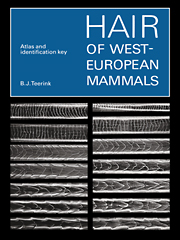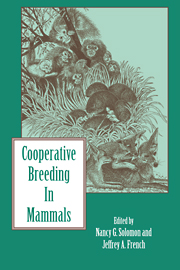Hair of West European Mammals
Mammalian hair has long played a role in human society; as fur for clothing, in the production of cloth, or in the production of brushes. Scientists too make use of mammalian hair as a diagnostic tool in areas such as animal ecology, wildlife biology, and nature management. The identification of hairs found in the field, in the intestine or faeces of carnivores, or in the pellets of owls and raptors, can yield valuable information on the distribution of mammals and the diet of their predators. This photographic atlas aids correct identification by providing data on the colour, form and length of hair and the structure of the cuticula, medulla and cross-sections. Identification is also aided by the provision of keys. This unique book will provide a valuable reference source for ecologists, zoologists and forensic scientists.
- Hair identification is important to many ecologists, forensic scientists and zoologists: this book will provide a valuable reference source
- Hair identification yields valuable information on the distribution of mammals and what they eat
Product details
April 2004Paperback
9780521545778
236 pages
279 × 210 × 13 mm
0.54kg
Available
Table of Contents
- 1. Introduction
- 2. Hair growth
- 3. Geographic area and studied species
- Part I. How To Identify Hairs:
- 4. Features with importance for identification and terminology
- 5. Materials and techniques
- Part II. Keys To Groups and Species:
- 6. Introduction and standards of magnification
- Part III. Atlas:
- 7. Introduction
- 8. References
- 9. List of species.






